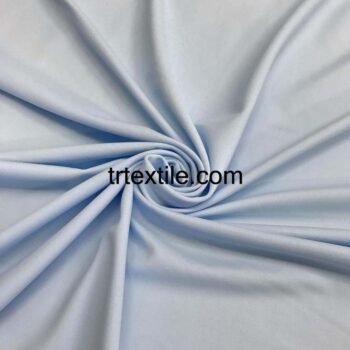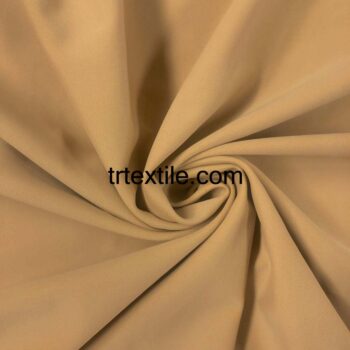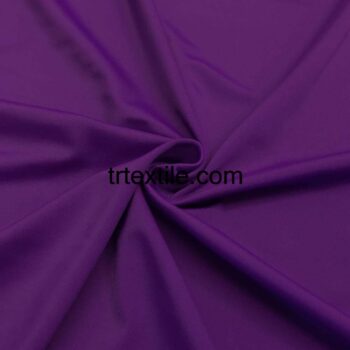-
black swimsuit fabric
$800,00Original price was: $800,00.$750,00Current price is: $750,00. -
blue swimsuit fabric
$800,00Original price was: $800,00.$750,00Current price is: $750,00. -
cream swimsuit fabric
$800,00Original price was: $800,00.$750,00Current price is: $750,00. -
gold swimsuit fabric
$800,00Original price was: $800,00.$750,00Current price is: $750,00. -
green swimsuit fabric
$800,00Original price was: $800,00.$750,00Current price is: $750,00. -
light blue swimsuit fabric
$800,00Original price was: $800,00.$750,00Current price is: $750,00. -
magenta swimsuit fabric
$800,00Original price was: $800,00.$750,00Current price is: $750,00. -
mustard swimsuit fabric
$800,00Original price was: $800,00.$750,00Current price is: $750,00. -
neon fuchsia swimsuit fabric
$800,00Original price was: $800,00.$750,00Current price is: $750,00. -
neon green swimsuit fabric
$800,00Original price was: $800,00.$750,00Current price is: $750,00. -
neon orange swimsuit fabric
$800,00Original price was: $800,00.$750,00Current price is: $750,00. -
pink swimsuit fabric
$800,00Original price was: $800,00.$750,00Current price is: $750,00. -
powder pink swimsuit fabric
$800,00Original price was: $800,00.$750,00Current price is: $750,00. -
purple swimsuit fabric
$800,00Original price was: $800,00.$750,00Current price is: $750,00. -
red swimsuit fabric
$800,00Original price was: $800,00.$750,00Current price is: $750,00. -
silver swimsuit fabric
$800,00Original price was: $800,00.$750,00Current price is: $750,00.
Swimsuits are a staple of summer fashion, and choosing the right fabric for your bikini can make all the difference in terms of comfort, fit, and durability. There are many different types of fabrics used in swimwear, each with its own unique properties and benefits. In this article, we will explore some of the most common fabrics used in swimsuits and discuss their advantages and disadvantages.
One of the most popular fabrics for swimsuits is nylon. Nylon is a synthetic material that is known for its durability, stretch, and quick-drying properties. It is also resistant to chlorine and sunscreen, making it a great choice for frequent swimmers. Nylon is often blended with other materials, such as spandex, to give swimsuits a comfortable stretch and snug fit. However, nylon can be prone to fading and stretching over time, so it is important to care for your swimsuit properly to maintain its shape and color.
Another common fabric used in swimsuits is polyester. Polyester is a synthetic material that is known for its strength, resistance to chlorine, and colorfastness. It is a great choice for swimwear that will be exposed to harsh chemicals, such as pool water. Polyester is also quick-drying and has good shape retention, making it a durable option for swimwear. However, polyester can feel less soft and stretchy than nylon, so it may not be as comfortable for some people.
Spandex, also known as Lycra or elastane, is a stretchy material that is often blended with other fabrics in swimsuits to give them a snug fit and added flexibility. Spandex is known for its ability to stretch up to five times its original length without losing its shape, making it ideal for swimwear that needs to move with your body. It is also resistant to chlorine and sunscreen, making it a durable choice for swimwear. However, spandex can be prone to pilling and fading over time, so it is important to care for your swimsuit properly to maintain its elasticity and color.
Some swimsuits are made from a blend of different fabrics, such as nylon and spandex, to combine the benefits of each material. These blended fabrics can offer the best of both worlds, with the durability of nylon and the stretch of spandex. They can provide a comfortable and supportive fit, while also being quick-drying and resistant to chlorine. However, blended fabrics can be more expensive than single-material swimsuits, so it is important to consider your budget when choosing a swimsuit fabric.
In addition to nylon, polyester, and spandex, there are also other fabrics used in swimsuits, such as polyamide, which is a synthetic material that is similar to nylon in terms of durability and stretch. Polyamide is often used in high-performance swimwear for competitive swimmers, as it provides excellent shape retention and resistance to chlorine. Other fabrics, such as cotton and bamboo, are also used in swimwear for their softness and breathability, but they may not be as durable or quick-drying as synthetic materials.
When choosing a swimsuit fabric, it is important to consider your preferences and needs. If you are a frequent swimmer, you may want to choose a durable and chlorine-resistant fabric like nylon or polyester. If you value comfort and flexibility, spandex or a blended fabric may be the best choice for you. Regardless of the fabric you choose, be sure to care for your swimsuit properly by rinsing it after each use, avoiding excessive heat and sunlight, and washing it with a gentle detergent to ensure it lasts for many summers to come.















